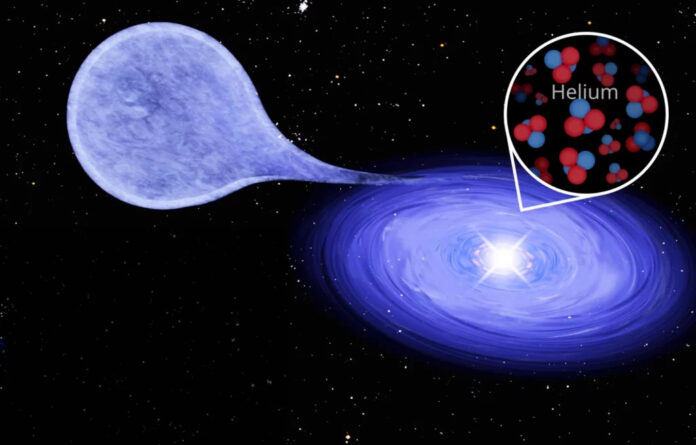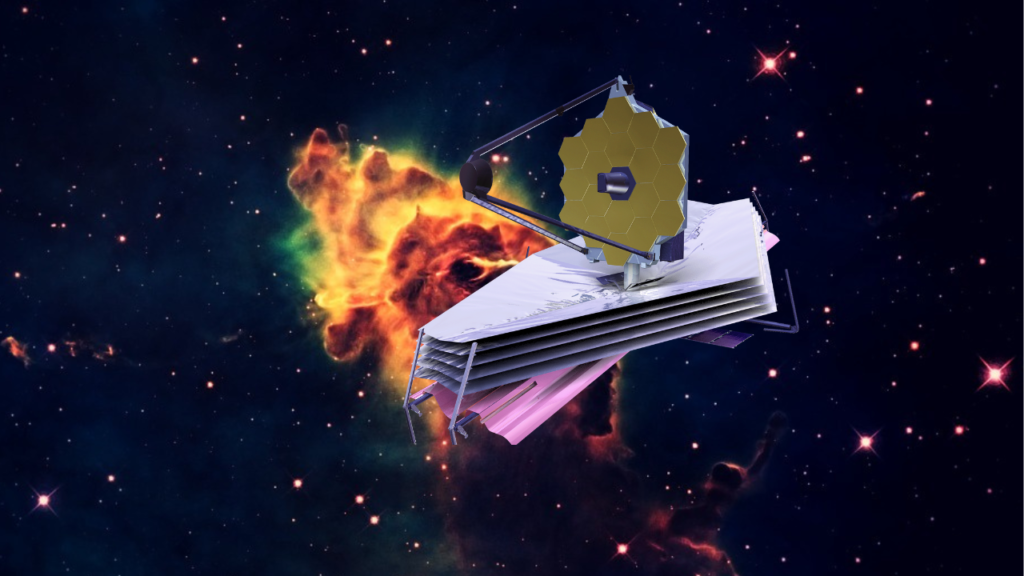In a press release by the Max Planck Institute for Extraterrestrial Physics, a group of South African astronomers from the South African Astronomical Observatory (SAAO) and researchers from the Max Planck Institute for Extraterrestrial Physics discovered a rare white dwarf binary star system, [HP99] 159, occupying the Large Magellanic Cloud. The discovery, made through the Southern African Large Telescope (SALT), allows researchers to gain insights into supernova explosions and clarify the puzzle of how white dwarfs explode.
When white dwarfs reach a specific mass limit as a supernova, they explode. Thus, one of the researchers’ primary aims is to comprehend how white dwarfs get their tipping points, called the Chandrasekhar limit. They discovered that [HP99] 159, contrary to Super Soft Sources (SSS), was teeming and burning helium, not hydrogen as thought.
Furthermore, in utilising SALT’s two spectrographs, the researchers identified that the optical spectra of the system were entirely consistent with helium accretion. The gauged luminosity showed that white dwarfs grow slower than previous research suggested. This new insight could help scientists recognise the number of supernovae created by exploding white dwarfs.
“This demonstrated the uniqueness of this object, but also the capability of SALT’s two spectrographs allowing for the required detailed follow-up optical observations, confirming the source’s nature,” said Dr Itumeleng Monageng, a lecturer at the University of Cape Town (UCT) and the South African Astronomical Observatory (SAAO).
Furthermore, the detection of [HP99] 159 raises doubts about the originative substance of Type Ia supernovae (SN Ia), believed to be the primary source of Iron in the Cosmos. Predictive models show that about 2-5% of the matter of the helium companion star will be transported by an SN Ia explosion and discharged into the environment. Yet, the degree of discharged helium has not been observed in Type Ia supernovae.
However, the studied components of [HP99] 159 show it winded up in a subclass of SN Ia, known as SN Iax. SN lax have feeble explosions with less helium discharge. Nonetheless, the researchers identify other identical sources and the two Magellanic Clouds with the eROSITA telescope.
“This is another excellent example of the productive collaborations between our team and the German eROSITA team in discovering and studying new and interesting transient phenomena,” Prof David Buckley at the South African Astronomical Observatory (SAAO) commented.



